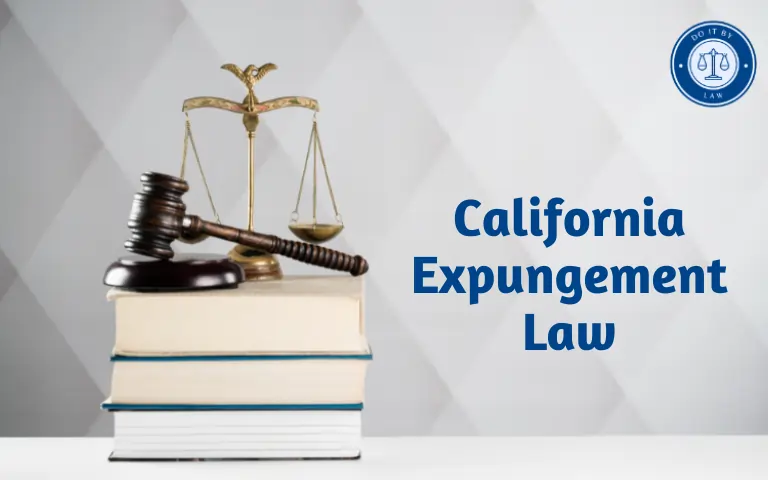California Suicide Law: What You Need to Know
In 2015, California passed the End of Life Option Act, making it the fifth state to legalize physician-assisted suicide for terminally ill patients. This groundbreaking law allows dying adults to request life-ending medication from their doctors. However, the law has strict eligibility rules and protocols physicians must follow. Here is an in-depth examination of California Suicide Law – from its enactment to key provisions, controversies, and recent legal challenges.
When Was California’s Suicide Law Passed and Why?
California State End of Life Option Act (EOLOA) took effect on June 9, 2016, after being signed into law by Governor Jerry Brown in October 2015. It was introduced as Senate Bill 128 and approved during a special legislative session on healthcare.
This law allowing physician-assisted suicide made California the fifth state in the nation to authorize the practice, joining Oregon, Washington, Vermont, and Montana. The effort was spearheaded by advocacy groups like Compassion & Choices.
Proponents argued the law would give terminally ill adults an option for a peaceful death and prevent prolonged suffering. It provides patient autonomy for those given six months or less to live. Opponents raised concerns about the potential abuse and coercion of vulnerable populations.
Who Does California Suicide Law Apply To?
California’s suicide law has stringent eligibility criteria that a patient must meet to utilize the life-ending prescription option:
- An adult 18 or older, can make their own medical decisions.
- Diagnosed with a terminal illness with a prognosis of six months or less to live.
- California resident who can establish state residency.
- Mentally capable to make and communicate end-of-life health decisions.
Two physicians must confirm a patient meets these criteria before they can write a lethal prescription under the EOLOA. The law does not allow assisted suicide for non-terminal conditions, disabilities, old age, or mental illness alone.
Key Provisions of California Suicide Law
The End of Life Option Act contains many specific requirements for patients and physicians:
- Oral and written requests for life-ending medication must come directly from the patient.
- Two doctors must independently confirm a six-month prognosis.
- The 15-day waiting period between initial and final request.
- The doctor may dispense medication directly or by prescription.
- The patient must confirm intent 48 hours before ingestion.
- Doctor presence is not required for ingestion.
- Unused medication must be disposed of.
- Extensive documentation and reporting requirements.
- Immunity for doctors who follow protocol in good faith.
- Felony for altering/forging request or concealment of rescission.
- No requirement for psychological examination or referral.
- No expiration date, but renewal is required after 10 years.
Penalties for Misuse of California Suicide Law
There are strict penalties for anyone who tries to coerce or exploit the End of Life Option Act:
- Up to three years in prison for knowingly altering, forging, or concealing a request for life-ending medication.
- Up to three years in prison for concealing a rescission (withdrawal) of a request.
- Up to three years in prison for coercing someone into making the request.
- Physicians who don’t follow proper procedures can face civil, administrative, and criminal liability.
The California Medical Board can sanction doctors for unprofessional conduct related to assisted suicide.
Recent Changes and Legal Challenges
Since its passage, there have been several attempts to modify or repeal California’s suicide law. A 2018 lawsuit sought to invalidate it as unconstitutional. But the law has survived so far.
In 2018, a judge overturned the law’s 15-day waiting period. But an appeals court later reinstated it, keeping the waiting period in place.
Some lawmakers have introduced bills to extend the law, such as reducing the waiting period from 15 to 5 days. But so far, none have passed.
The law contained a ten-year renewal provision. In 2026, the legislature will need to assess data and renew the End of Life Option Act for it to remain valid. This will likely spur more debate about the merits of the law.
Controversies and Concerns Around California Suicide Law
While supporters see it as an important right, California’s assisted suicide law continues to divide opinions due to ethical, medical, and disability concerns:
- Critics argue it devalues life and could encourage suicide. Some fear a “slippery slope” towards wider acceptance.
- Disability advocates say it reinforces messaging that disabled lives are not worth living.
- Protections against coercion may be inadequate for elderly, isolated, or dependent patients.
- It reduces suicide prevention efforts and could normalize suicide morally.
- May undermine trust between doctors and patients. Doctors take a pledge not to harm patients.
- Difficult to determine the true six-month prognosis for terminal illnesses. Could misdiagnose patients as terminal.
- Oversight and data collection remains incomplete six years after legalization.
- Inequitable access is based on geography, language barriers, social disadvantages, and medical biases.
- Most doctors are unwilling to participate, limiting access. Just over 400 doctors have prescribed to about 2,200 patients so far.
Conclusion
California’s End of Life Option Act made the state a leader in permitting physician-assisted suicide for terminally ill patients. While still controversial, this groundbreaking law aims to give those facing imminent death an option for ending prolonged suffering. Yet strict eligibility rules, protocols, and penalties for misuse exist to prevent potential risks. Despite legal challenges, the law remains in effect for now. But future debates loom as California weighs potential changes and whether to renew the law after 2026 based on data about its implementation.







